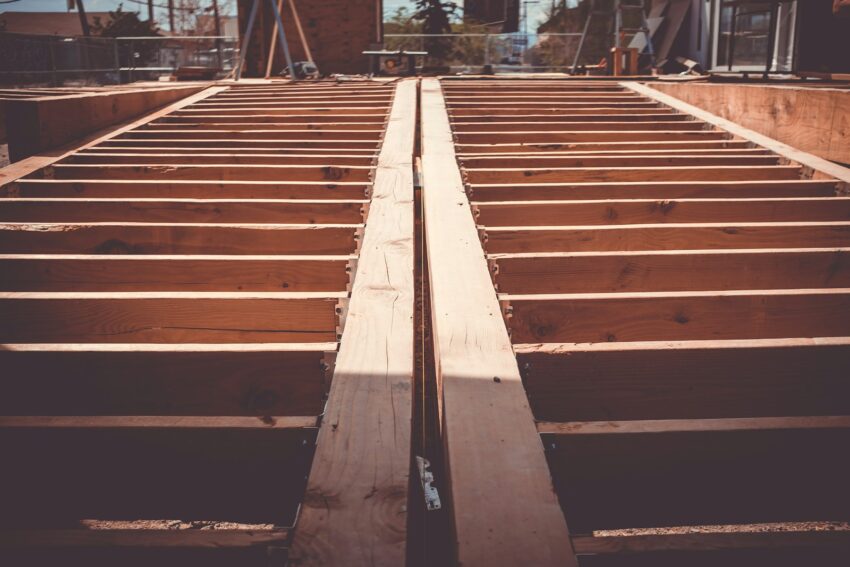Timber frame pavilions represent not just a beautiful addition to outdoor spaces but also a sustainable choice that aligns with eco-friendly construction practices.
In an era where environmental consciousness is paramount, understanding the sustainability aspects of timber frame pavilions is crucial for homeowners and builders alike.
This article explores the eco-friendly features of timber frame pavilions, highlighting their benefits and impact on the environment.
What Makes Timber Frame Pavilion Construction Sustainable?
Timber frame pavilion construction is inherently sustainable due to its utilization of renewable timber resources, low carbon footprint throughout the building process, and energy-efficient properties that contribute to environmental conservation.
Timber frame pavilion construction also promotes healthy indoor environments by using natural, non-toxic materials and supports local economies through the sourcing of timber from responsibly managed forests.
These sustainable practices not only benefit the environment but also enhance the overall quality and longevity of timber frame pavilions.
1. Renewable Resource
Timber, the primary material used in timber frame pavilions, is renewable. It comes from sustainably managed forests where trees are replanted to ensure a continuous supply.
Timber, known for its renewable nature, provides the main structural element for timber frame pavilions and supports sustainable forestry practices that focus on replanting trees to maintain a healthy forest ecosystem and a consistent supply of timber for future generations.
2. Low Carbon Footprint
Compared to other building materials like concrete or steel, timber has a significantly lower carbon footprint. The process of harvesting, processing, and transporting timber emits fewer greenhouse gasses, making it a more environmentally friendly choice.
Additionally, timber’s lower carbon footprint is attributed to its ability to sequester carbon dioxide during growth, further enhancing its environmental benefits compared to concrete or steel.
3. Energy Efficiency
Timber frame construction allows for excellent insulation properties, reducing the energy needed for heating and cooling compared to traditional construction methods. This energy efficiency contributes to lower carbon emissions over the lifespan of the pavilion.
4. Durability and Longevity
Well-maintained timber frame structures can last for generations, reducing the need for frequent replacements and minimizing waste. This longevity not only reduces construction waste but also contributes to sustainable living by conserving resources and promoting a culture of durability and responsible consumption.
Benefits of Choosing a Sustainable Timber Frame Pavilion
Opting for a sustainable timber frame pavilion offers a range of advantages, including its natural aesthetics that blend harmoniously with outdoor settings, customizable design options to suit individual preferences, and the creation of a healthy living environment free from synthetic materials.
Additionally, supporting local economies through the use of responsibly sourced timber contributes to the overall sustainability of the construction process, making it a holistic choice for eco-conscious homeowners.
1. Natural Aesthetics
Timber frame pavilions offer a warm, natural aesthetic that blends seamlessly with outdoor environments, enhancing the overall appeal of residential settings. This aesthetic appeal not only creates inviting outdoor spaces but also fosters a connection with nature, promoting a sense of well-being and tranquility for homeowners and visitors alike.
2. Customization Options
Builders can easily customize timber frame pavilions to meet specific design preferences, ensuring that each structure is unique and tailored to the homeowner’s needs. This flexibility in design allows for creative expression and functional optimization, making timber frame pavilions versatile structures that cater to diverse lifestyles and aesthetic preferences.
3. Healthy Living Environment
Timber is a natural, non-toxic material, promoting a healthy living environment free from harmful chemicals often found in synthetic building materials. Moreover, timber’s natural properties contribute to indoor air quality by reducing the presence of volatile organic compounds (VOCs), making it a safer and healthier choice for residential spaces.
4. Support for Local Economies
Sourcing timber from local forests supports the local economy and reduces the environmental impact of long-distance transportation.
Furthermore, supporting local timber industries fosters community resilience and sustainability by reducing reliance on imported materials and minimizing the carbon emissions associated with transportation.
Sustainable Practices in Timber Frame Pavilion Construction
Incorporating sustainable practices into timber frame pavilion construction involves using certified timber from responsibly managed forests, minimizing waste through efficient design and construction techniques, and integrating green technologies like renewable energy systems for enhanced environmental benefits.
By prioritizing these practices, builders can reduce the environmental impact of their projects while creating durable and eco-friendly outdoor structures that align with modern sustainability standards.
1. Use of Certified Timber
Builders can opt for timber certified by organizations such as the Forest Stewardship Council (FSC), ensuring that the wood comes from responsibly managed forests.
2. Minimization of Waste
Efficient design and construction practices can minimize waste during the building process, further reducing the environmental footprint of timber frame pavilions.
3. Integration of Green Technologies
Incorporating renewable energy sources like solar panels or rainwater harvesting systems into timber frame pavilions enhances their sustainability and reduces reliance on non-renewable resources.
Wrapping Up
Timber frame pavilions represent a sustainable and eco-friendly choice for outdoor structures. From renewable resources and low carbon footprints to energy efficiency and long-term durability, these pavilions offer numerous environmental benefits.
By embracing sustainable practices in timber frame construction, homeowners can enjoy beautiful outdoor spaces while contributing positively to the planet’s health.







